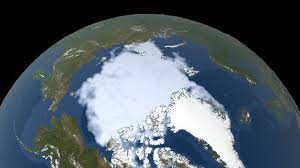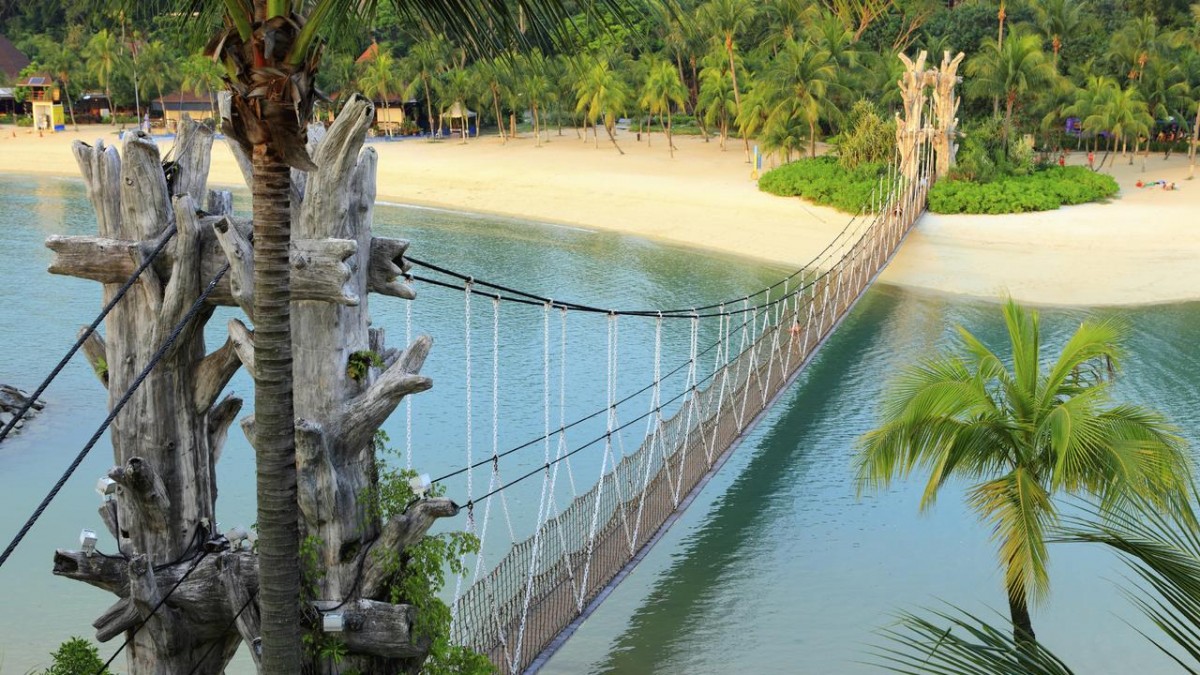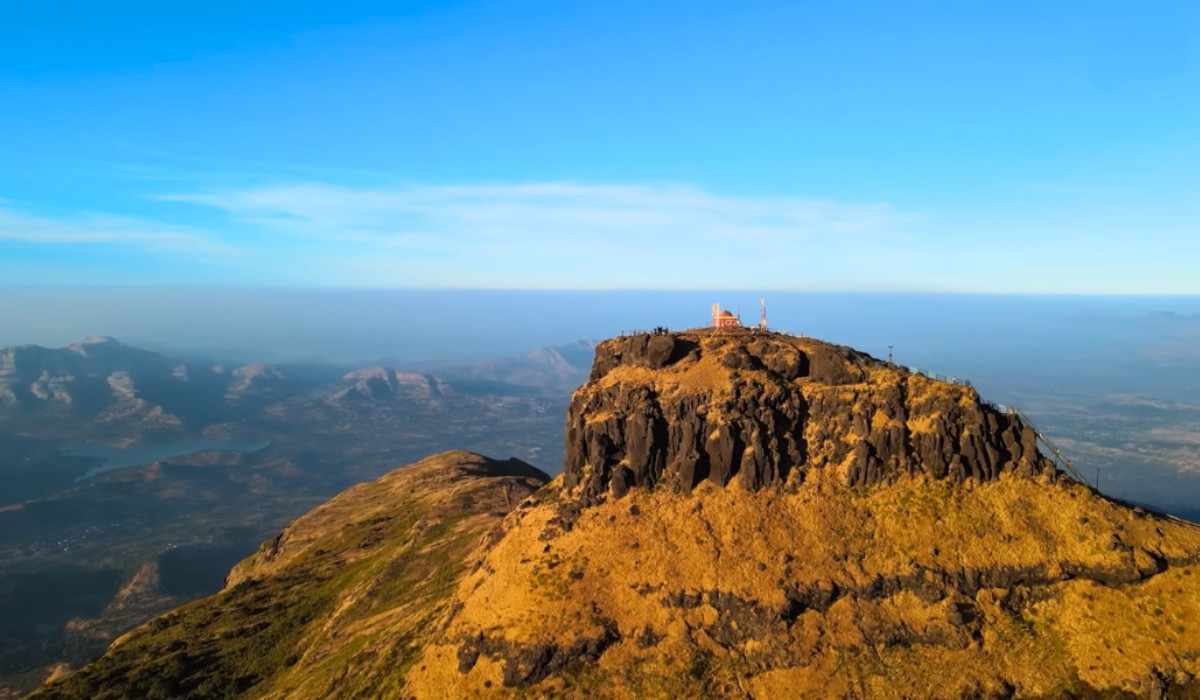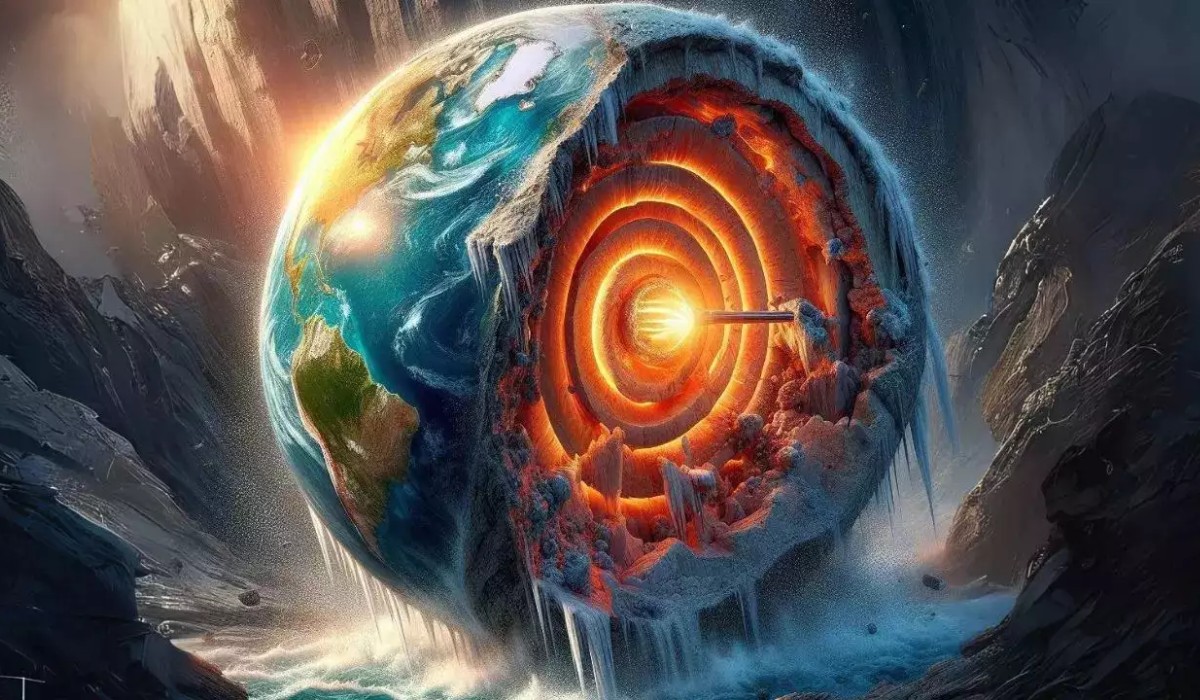Arctic sea ice has passed its minimum extent for this year, shrinking to 4.72 million square kilometres
on 16 September, the US National Snow and Ice Data Center (NSIDC) has reported.
Owing to a cool and cloudy Arctic summer, this year’s annual minimum was the highest since 2014 —
ice covered nearly 1 million square kilometres more than last year’s extent of 3.82 million square kilometres,
which was the second-lowest ever observed (see ‘Ice cover’). But it is still the twelfth-lowest sea-ice extent in
nearly 43 years of satellite recordings, and scientists say that the long-term trend is towards lower ice cover.
“Even with global warming and the overall downward trend in sea ice, there is still natural variability,”
says Walt Meier, a senior research scientist at NSIDC, who is based at the University of Colorado Boulder.
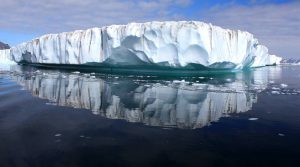
For ship captains hoping to navigate across the Arctic, this is typically their best chance to do it, especially
in more recent years. Sea ice cover there has dropped by roughly half since the 1980s as a direct result of
increased carbon dioxide from human activities.
As NASA scientists, we analyze the causes and consequences of sea ice change. In 2021, the Arctic’s sea ice
cover reached its minimum extent on 16 September.
While it wasn’t a record low, a look back through the melt season offers some insight into the relentless
decline of Arctic sea ice in the face of climate change.







